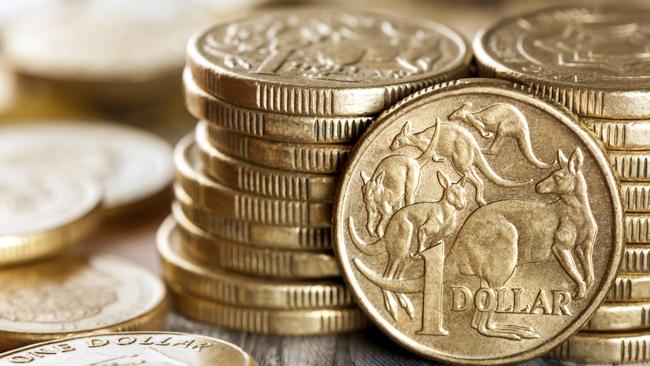
But all that appears to be changing with early signs that consumers are becoming more prudent in their spending habits.
Household debt in Australia, close to 200 per cent of annual gross disposable income, is among the highest globally. So, signs of a cultural shift towards individuals actually paying down their debt has been a little unsettling.
Australians are now boosting equity in their mortgages at the fastest pace in 30 years, according to Commonwealth Bank. Housing credit growth is at record lows, as a result.
The rise of the prudent Aussie consumer is making life hard for the Reserve Bank. The central bank cut its cash rate in June, July and October to prod spending, but with little success.
Third-quarter GDP growth data showed the economy grew by a disappointing 0.4 per cent, with little to no contribution coming from households. Economists had expected consumption to rise solidly after the interest rate cuts and income tax reduction mid-year, but all they got was a meagre rise of 0.1 per cent.
READ MORE: RBA ‘heading for disappointment’ | Merry Christmas from the RBA | Low rate of growth tests everyone’s patience
“The chronic weakness in household spending was made very clear,” said Sarah Hunter, chief economist at BIS Oxford Economics.
The lack of willingness to splurge came despite household disposable income growing by 2.1 per cent in the quarter, its fastest rise since 2009. The household savings rate rose from 2.7 per cent in the second quarter to 4.8 per cent in the third quarter, as extra cash in banks stayed locked away.
The discretionary areas of spending were hardest hit in the quarter. Spending on hotels, cafes and restaurants, clothing and footwear and new motor vehicles were noticeably weaker. Consumers “went on strike,” said Felicity Emmett, senior economist at ANZ Bank.
To be sure, consumers have been tight-fisted since mid-2018. With households drowning in debt, and wages growth flat for years, the toxic mix has kept the economy floundering. Over the last year, household consumption has grown by only 1.2 per cent. There is a fear factor in play, too. Unemployment has been nudging higher and labour underutilisation is up. The ANZ-Roy Morgan weekly survey of consumer confidence recently hit a four-year low.
“There could also be an element of precautionary saving against a softening labour market outlook,” said Robert Thompson, macro-strategist at RBC Capital. It wasn’t clear that the shift towards boosting savings will ultimately result in a lift in spending, he said.
The RBA kept the official cash rate on hold at a record low 0.75 per cent on Tuesday, passing up the opportunity to jolt consumers ahead of the Christmas trading period. Governor Philip Lowe indicated he thought the interest rate cuts already announced would eventually deliver stronger growth for the economy.
With GDP growth now tracking at its slowest pace in a decade, the likelihood that more rate cuts will be needed in 2020 to drive consumers to spend seems high. And with conventional policy ammunition running low, expectations around the likely use of quantitative easing are set to grow.
Dow Jones Newswires




Australians have enjoyed cheap credit for decades, driving up their household debt, while helping to sustain an uninterrupted economic expansion that is now well into its 29th year.